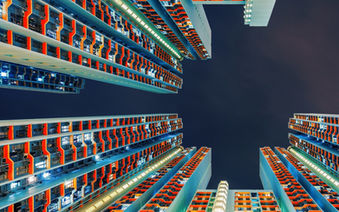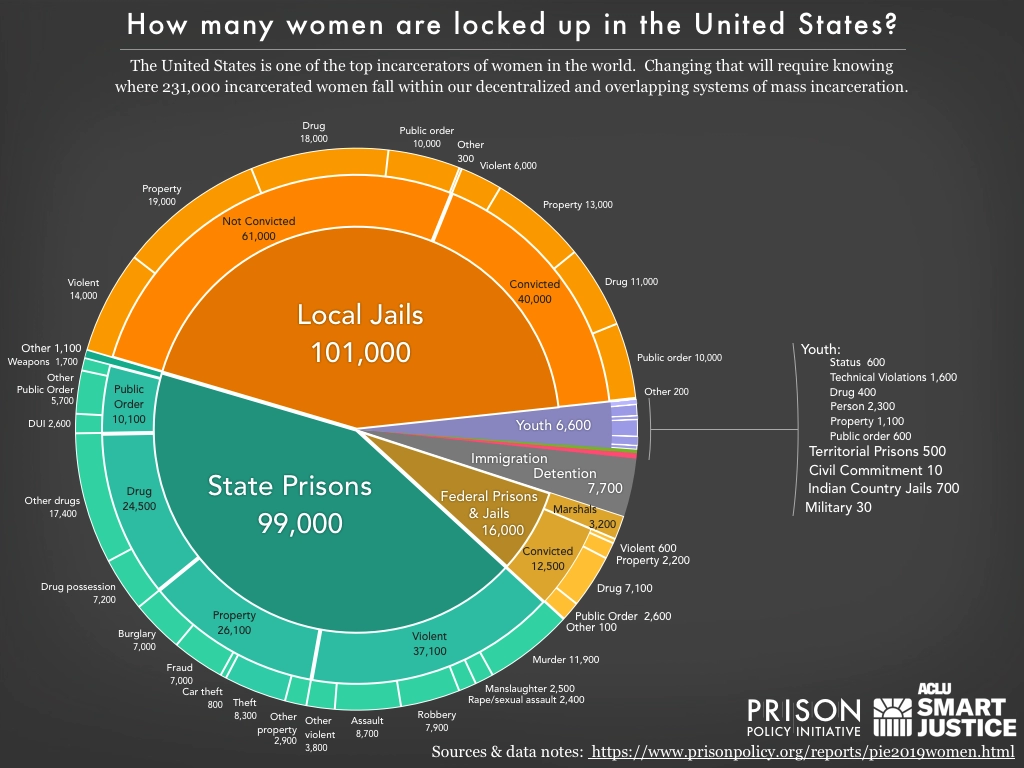

Housing Inequalities
Watching the Pruitt Igoe society of Missouri turn from what was initially described as “Christmas morning” in the 1950s and become the...

Chicago Rivers' Ashland confluence
The Chicago Rivers Plan, published in 2016, outlines three stages of development to clean, connect, revitalize and enhance languishing...


Unsustainable suburban sprawl
The post WWII expansion, housing boom, and growth seen in the US directly contributed to the creation of suburbs. Between the urban...
















